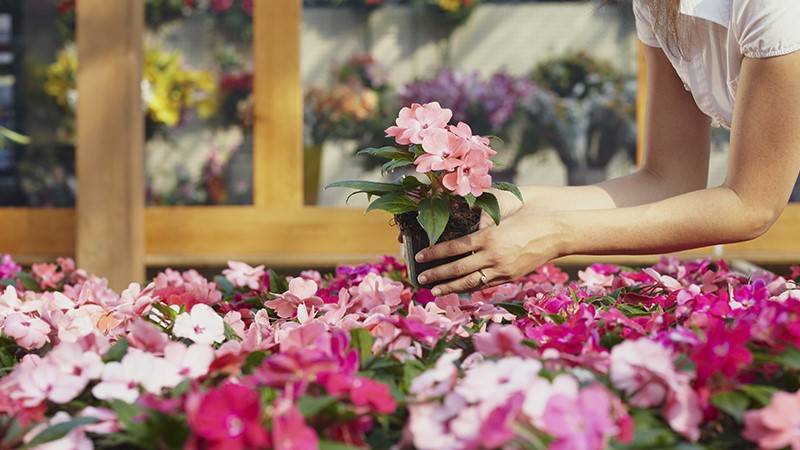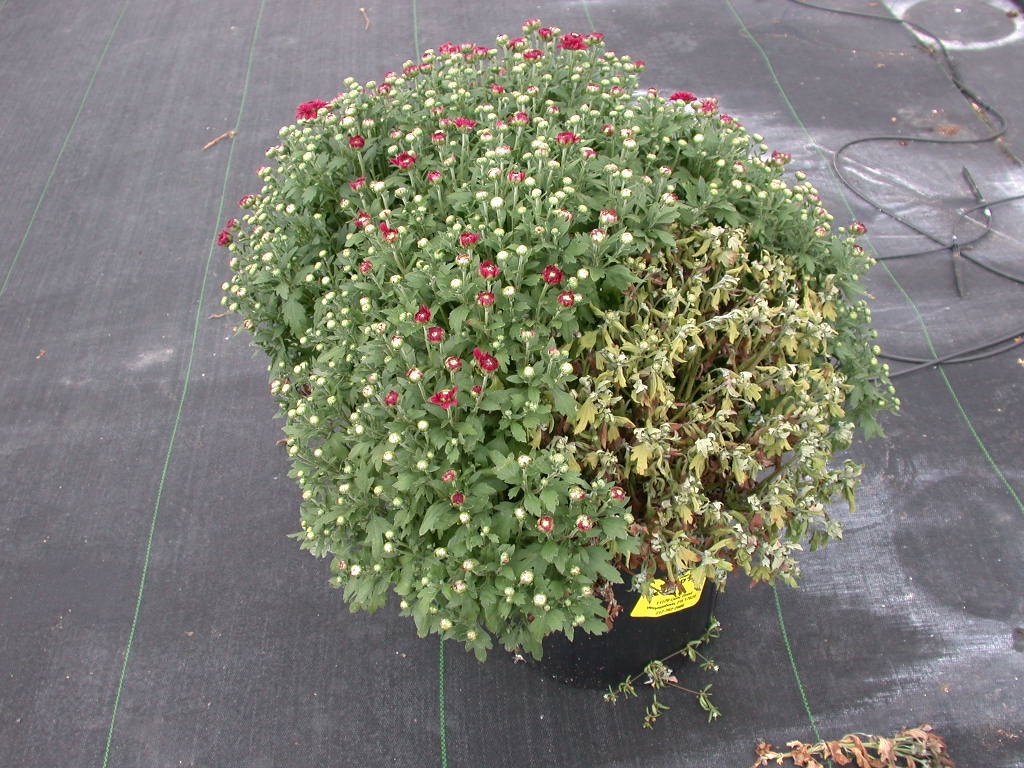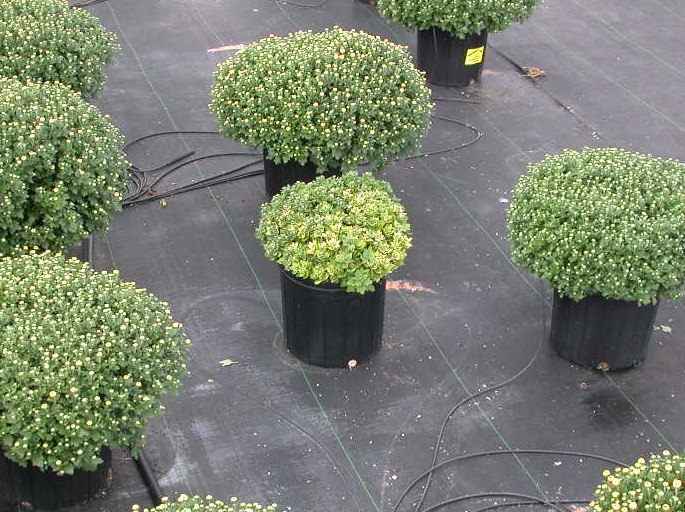Featured Root Rot Pathogen: Pythium


Of all the root rot pathogens, Pythium is the most common problem that growers experience. Pythium consists of approximately 125 different species, not all of which are plant pathogens, and is found in almost every environment.
Most pathogenic Pythium species have a large host range across most greenhouse and nursery crops. It can be introduced from infected plugs and other plant material that comes into the greenhouse, but it also hibernates in soil residues on the floor and inside used pots, benches, hoses, walkways, soil floors, potting benches, potting machines, etc. It can also be found in ponds, streams and outdoor soil, so surface water sources and dust that comes into the greenhouse can introduce Pythium.
Ideal Environment for Pythium
Pythium is a water mold and therefore thrives in wet conditions. Using a growing medium that dries out slowly or has fine particles will create a water-logged growing medium that stresses plant roots, making them more susceptible to Pythium attack, and creates the ideal environment for Pythium (Figure 1). Two common Pythium species, Pythium aphanidermatum and Pythium irregulare, have swimming zoospores that thrive in hydroponic systems and spread from plant to plant rapidly. Pot-to-pot transfer can also occur in ebb and flood benches, especially if an irrigation event takes 45 minutes or longer.
Plant Symptoms
The following symptoms are typically shown in plants that are infected with Pythium. Keep in mind that many of these symptoms are also displayed by plants when they are attacked by other root disease pathogens:


Cultural Controls
Before bringing a new crop in the greenhouse, it is important to clean up plant and growing medium residues after each crop cycle with a pressure washer or a leaf blower. Then, sanitize all benches, walkways, used containers, etc. with a disinfectant to kill pathogens such as Pythium.
When planting a crop, use a growing medium that has good air space and few fine particles, and one that dries out quickly as this is an ideal environment for plant roots, but not desirable for Pythium.
Remember Pythium likes a saturated growing medium, so regardless of the growing medium used, do not overwater. Allow the growing medium to dry out between waterings until its surface changes from a dark brown/black color (indicating it is wet) to a light brown/tan color (indicating it is time to water).
Remember: if a crop is being fertilized at high rates or the water has a lot of salts, these salts can concentrate on the roots as the growing medium dries out. Roots are then damaged and serve as entry points for Pythium. Research has also found that an excessive nitrogen uptake suppresses the plant's natural defense response, further increasing susceptibility to Pythium infection. If salts are high in the growing medium, leach it, maintain normal fertility rates, and allow the growing medium to dry out between waterings.
Other Cultural Control Considerations
- Pythium diseases are less prevalent when the growing medium's pH is below 5.5.
- Pythium has been shown to be vectored by fungus gnats and shore flies. These flies and their immature forms must be controlled to reduce spread. Fungus gnat larvae also feed on plant roots, creating open wounds where Pythium can enter too.
- Like many pathogens, Pythium also prefers certain crops over others.
- Do not reuse the growing medium from diseased plants.
- If an unused growing medium falls on the floor, do not use it as the floor may have Pythium.
- Keep hose ends off the floor.
- Do not allow dust from driveways or exposed soil to enter the greenhouse as Pythium can travel with the dust.
- Avoid watering on cool, cloudy days.
- Make sure there is good airflow in the plant canopy to accelerate the drying rate of the growing medium.
- Check the growing medium's temperature as this influences Pythium activity.
- Avoid plant stress as research is showing that root exudates change, which is believed to attract Pythium.
Sources
http://extension.psu.edu/pests/plant-diseases/all-fact-sheets/pythium
https://www.extension.purdue.edu/extmedia/bp/bp-181-w.pdf
https://negreenhouseupdate.info/updates/pythium-root-rot-poinsettias
For more information on Pythium or other diseases, contact your state extension pathology specialist